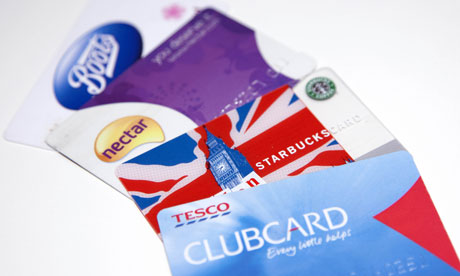A recent report from Catalina talks about how to successfully launch new products and refers to “The Pivotal Consumer” the tiny minority of people who are responsible for the majority of a new products sales. Putting aside that this really should be “The Pivotal Shopper”, the report yields some fabulous data about who buys new products which is massively enlightening. The report focuses on new products, it brings to my mind a few core truths which really goes to the heart of what is wrong with the way we market to consumers and shoppers – not just new products but consumer goods marketing in its entirety.
Catalina’s headline statistic was that
“Just 1.5% of shoppers made up 80% of sales for the average new product”.
Before we get carried away with the bluster, the hyperbole in the statement needs stripping out. Is 1.5% bad? The headline infers it is but let’s take a moment to think.
The categories surveyed are not detailed, but include Greek yoghurt and Enhanced Water. Let’s assume that category penetration is less than 100% – let’s guess at 50%. A brand with 10% share be supported by 5% of total shoppers. In this scenario a line extension depending on 1.5% of total shoppers might not be that bad. But – let’s not get caught up on hyperbolic headlines (if you want to, check out my previous post here).
New products are often researched. In my experience, new product acceptance is probably one of the most consistently applied pieces of research. But who with? A broad sample of category consumers, or a very specific target of those most likely to consume?. More importantly, was it researched with a specific group of shoppers, specifically the 1.5% on whom the entire success of the launch depends? Less likely. Consumers in focus groups saying they “probably would buy the product” is not the same as a shopper in a store actually buying it.
Understanding new products from a shopper point of view, as well as a consumer point of view has a number of key benefits:
- Understand where they shop. If a tiny percentage of total shoppers are likely to be important for the success of a launch, knowing where they shop is going to be critical. Too often marketers demand listing “everywhere”, or follow sales of their current brand to determine where new products must be slotted. But what if, in one channel or chain, the density of target shoppers was 2.0%, or 2.5, or 3.0? What if in another it was only 1%; or 0.5%? That would have a pretty dramatic impact on the choices about investment and listings.
- Understand exactly how to entice them to buy. With clarity about which stores are important, the opportunity to tune the in-store marketing mix to encourage those shoppers to buy is huge. Consumers in focus groups saying they “probably would buy the product” is not the same as a shopper in a store actually buying it. The rise of virtual store technology means that pre-testing to understand who the target shopper is, and whether they would buy, really means that new product testing with shoppers really should be much more commonplace.
- Understand the total investment required, and the likely returns Too often new product launch projects are fervently guarded secrets known only to the consumer marketing community until just before launch. This not only potentially excludes the shopper from the analysis, it also means that the entire cost of the launch is not clear. Until the trade teams are engaged, the true cost of gaining retail support is mere guesswork (without the shopper element we are unaware of which stores are important or which activity is important). With such a significant chunk of the cost of the launch unclear, it is impossible to understand the ROI. Further, without understanding shopper behavior it is not clear what the returns might be. Catalina quote “the average brand extension, 27 percent of purchases cannibalized existing brand sales”. If that is not accurately built into the equation, we have no idea how much money we’re going to make.
- Position this positively to retail partners. I actually thought the 27% cannibalization statistic was quite low. I’d actually have expected it to be higher, and I suspect most retailers assume it is much higher, closer to 100%, so that the category benefits of the launch are negligible. That’s one of the reasons they insist on slotting fees (or perhaps it is one of their justifications for slotting fees). With real data detailing what will really happen to category sales, the sales team are surely in a position to elicit better support, at potentially better rates, than if the retailer is merely assuming a ‘no win’ scenario.
Consumer acceptance is key. But the target shopper will make or break a new product. Understanding who the target shopper is, where they shop, and what turns them on enables a clearer understanding of the likely returns, and in positioning to retailers. This surely leads to better deals, and better returns on investment. But more than that – given the high rate of failure amongst new products, understanding the target shopper is essential to ensuring that your new launches survive.





